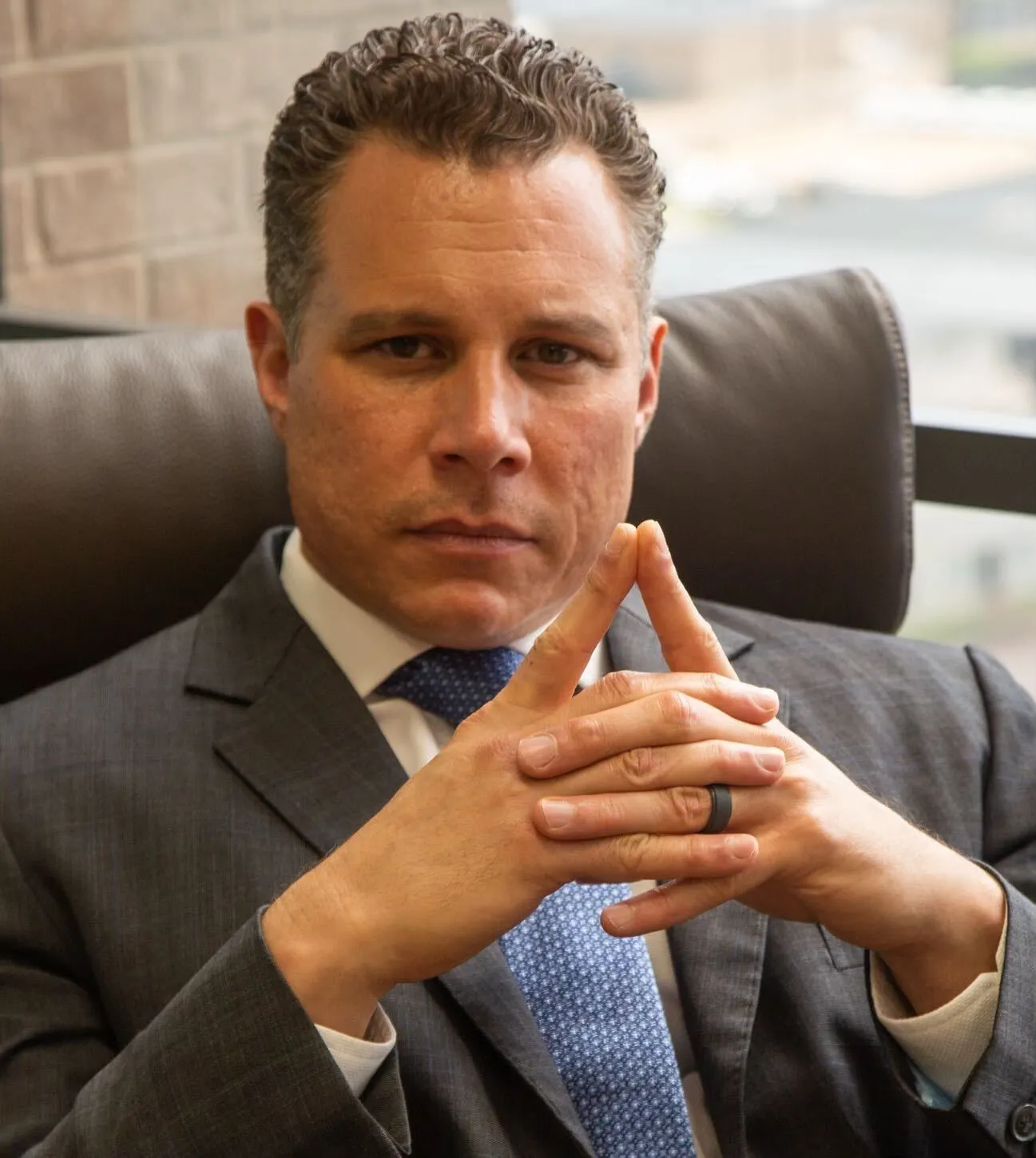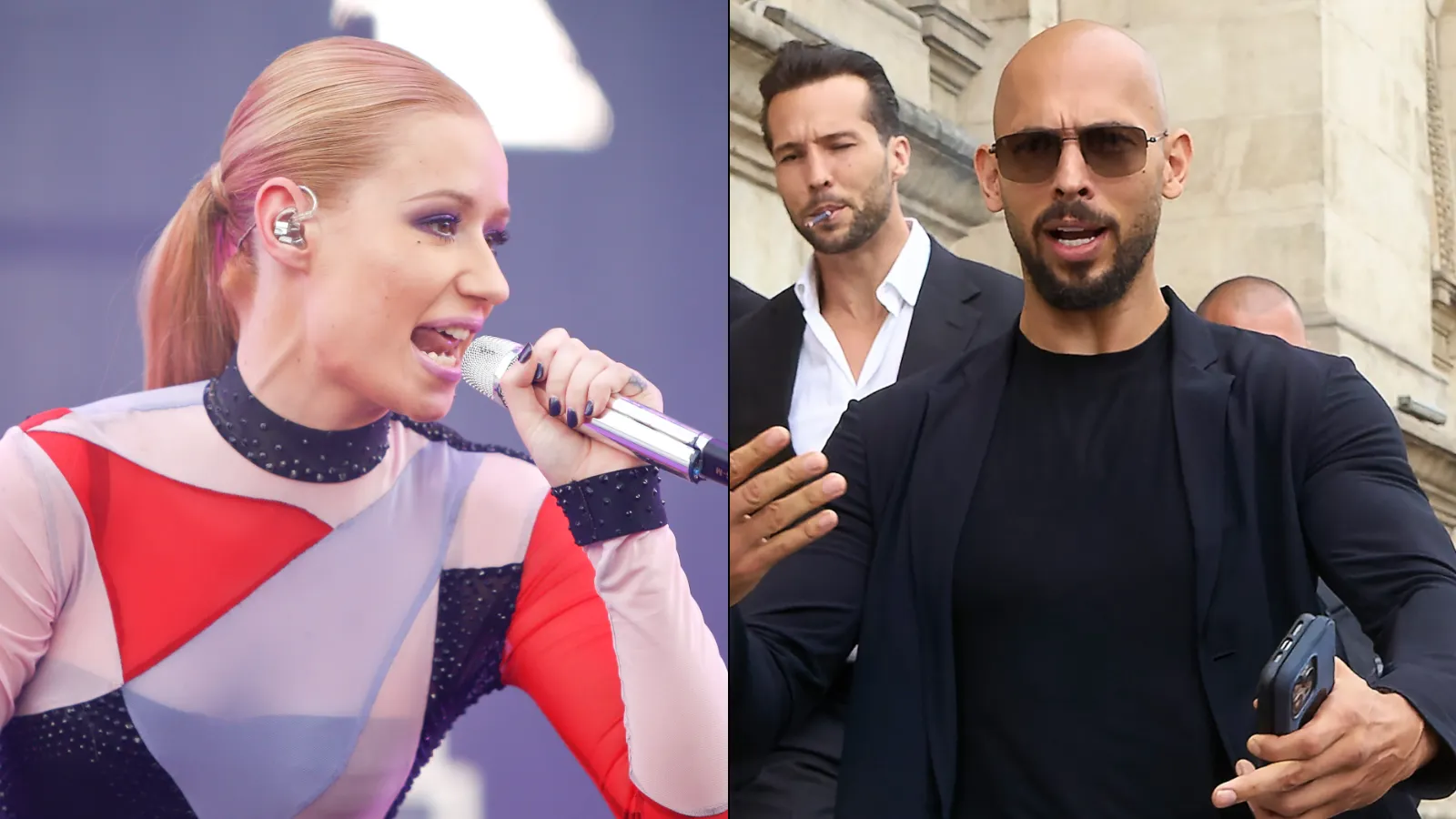About the Author
Carlo D’Angelo is a lawyer, former law professor, and crypto and NFT enthusiast. Carlo’s practice focuses on advising clients in all areas of blockchain technology law. Carlo is also the host of Lex Line, a weekly crypto and blockchain law podcast.
The views expressed here are his own and do not necessarily represent those of Decrypt.
With over 500,000 tokens launched in May alone, there’s been a massive surge in the volume of meme coin offerings. Thanks in part to sites like Pump.fun, anyone can now easily spin up a token symbol, upload an image, and launch a meme coin. And thanks to social media and trading bots, it’s also easier than ever for meme coins to go viral and make massive profits.
Given all of that, it is not at all surprising that we are now seeing a renewed wave of celebrities jumping into the crypto space with their own tokens. And with this huge influx of new celebrity meme coins also comes a myriad of legal risks.
Just last week, the crypto space was abuzz with a heated debate over whether Donald Trump’s son Barron is behind the DJT meme coin on Solana. The creator of this token—infamous “Pharma Bro” Martin Shkreli—claimed on a marathon Twitter Spaces that this meme coin is the official Donald Trump token. But there’s still no official confirmation on that front.
Celebrities in crypto are nothing new. In the last cycle, we saw dozens of A-list celebrities accept lucrative endorsement deals from crypto projects and platforms. As a consequence of the collapse of FTX and other platforms, many celebrities faced a tsunami of lawsuits charging that they used their influence to mislead consumers about the dangers of crypto.
This cycle, a new celebrity meme coin meta has emerged, with lower-tier celebrities using meme coins to grow their audience, make massive gains, and recapture a bit of relevance following years away from the spotlight.
And celebrity meme coins are not just being launched by “B-List” celebrities like Catilyn Jenner and Iggy Azalea—we are now even seeing Z-list celebrities drop meme coins.
During frothy peak market cycles, both pump-and-dump scammers and even well-intentioned celebrities can get over their skis and drop tokens with promises they have no realistic chance of ever delivering on. As a consequence, crypto newbies and even overzealous crypto-natives can fall prey to and suffer huge losses from fraudulent token drops.
Crypto tokens offer an incredible vehicle for uniting large communities around viral memes, and potentially giving holders a chance at generating life-changing wealth in the process. So it’s no surprise that celebrities have turned to meme coins as a way to grow their reach and their wallets too.
But for all the potential that meme coins have to “tokenize attention”—as recently observed by crypto influencer Mando—meme coins can also be abused to manipulate markets and perpetrate fraud.
We are about to enter what has been affectionately labeled by investor Raoul Pal as the “Banana Zone” of this crypto cycle—that point where anything and everything has the potential to go parabolic. As we learned during the late 2021/early 2022 NFT market cycle, this is also the stage where scammers and opportunistic celebrities race into the crypto community to pump and dump tokens for massive gains. Sadly, there is a huge incentive for scammers to exploit this stage of the market cycle and prey on consumers for quick and easy profits.
At the height of the Banana Zone, founders can become blind to the legal risks that come with dropping meme coins. In their quest to make bigger and bigger profits, founders forget or intentionally ignore the fact that they can be sued and even criminally prosecuted for the outrageous promises they make in connection with meme coin offerings.
As we inch deeper and deeper into the Banana Zone, it is a good time to remind influencers and celebrities about the legal pitfalls that can come with launching and promoting meme coins. One important point to stress is that regardless of whether a celebrity meme coin project is deemed a commodity or a security, its founders are nevertheless open to potential civil or criminal liability if they make fraudulent claims about the token to drive up sales.
Celebrities who promote or launch meme coins can face substantial civil legal liability if their actions are perceived to have manipulated markets. Celebrities promoting or founding meme coins can also face charges of fraud and misrepresentation if it can be proven in court that they made false or misleading claims.
In order to prevail on a fraud civil claim, consumers must typically prove that a celebrity made a false statement of material fact about their token—knowing the statement was false or intended to deceive—and that the consumer relied on this statement to their detriment.
Celebrities promoting meme coins may even be held liable under securities laws, which impose strict regulations to protect investors from fraud and market manipulation. Whether a meme coin is deemed to be a security or a commodity depends on several factors that are beyond the scope of this article. But regardless of whether a meme coin is a security subject to regulation by the SEC or a commodity under the purview of the CFTC, the fraudulent marketing of meme coins can subject founders to significant regulatory, civil, and even criminal penalties.
When evaluating whether a token drop is a fraudulent pump-and-dump scheme, regulators and prosecutors will generally look to the following factors: (1) the specific characteristics of the token—including the intent behind the meme coin launch; (2) how the token is marketed, including potential promises of huge returns; and (3) representations by the team about the future utility of the token.
Obviously, the more over-the-top and under-delivered the promises are of massive gains and future utility, the more likely these tokens will be subject to regulatory and law enforcement scrutiny.
Although meme coins still present new and uncharted waters for regulators, prosecutors coldly and methodically evaluate these token offerings under existing criminal fraud statutes. If a celebrity meme coin looks and sounds like a pump-and-dump, then chances are good that a prosecutor can prove the essential elements of a scheme to defraud consumers.
To successfully prosecute a celebrity in a meme coin pump-and-dump scheme the government must prove: (1) the celebrity devised a scheme to defraud investors; (2) the celebrity acted with specific intent to defraud investors out of money or property; (3) the celebrity used interstate wires, such as phone lines and internet connections, to carry out the scheme; and (4) the celebrity’s scheme to defraud affected interstate or foreign commerce.
It can be fairly easy for prosecutors to prove these elements, if for example, a celebrity makes false statements about the token’s roadmap or anticipated gains with the intent to generate hype and attract buyers. Market manipulation through coordinated efforts to pump up the price or create the illusion of high demand for the token can also be evidence of a scheme to defraud.
If celebrities or founders sell their tokens after the price is artificially inflated—thereby causing the price to quickly plummet—and such market manipulation causes significant losses to other holders, then that can be further evidence of a scheme to defraud.
It is also worth noting that deliberate ignorance or willful blindness by founders concerning the illegality of their conduct is generally not a viable defense to fraud prosecution.
While meme tokens can attract attention, connect communities, and create opportunities for significant financial gains, they also open the door to widespread fraud and manipulation. The ease of launching meme coins, combined with the viral nature of social media, makes it crucial for consumers to be vigilant—and for A-to-Z-list celebs to be aware of the legal ramifications of their actions.
Disclaimer: The information provided in this op-ed is for informational purposes only and should not be considered legal or financial advice. Readers should consult with their own legal and financial advisors to understand the specific implications and regulations applicable to their circumstances. The opinions expressed in this article are those of the author and do not necessarily reflect the views of any affiliated organizations, celebrities, meme tokens, or brands.
Edited by Andrew Hayward

